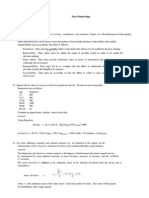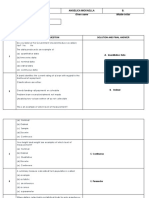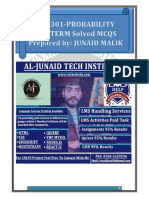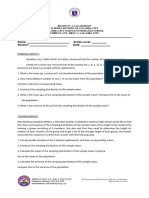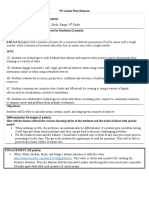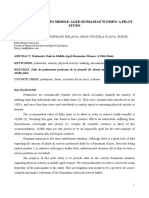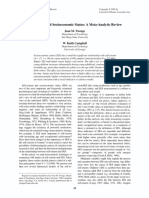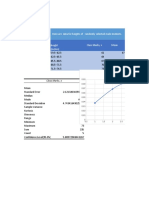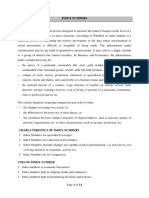0% found this document useful (0 votes)
13 views6 pagesTutorial 1 25 PSMCS
The document is a tutorial for a B. Tech course on Probability and Statistical Modelling, containing theoretical questions, multiple-choice questions, and numerical problems related to statistics and probability. It covers fundamental concepts such as measures of central tendency, dispersion, probability applications, and graphical data representation. Additionally, it includes practical exercises for constructing frequency distributions, calculating statistical measures, and analyzing data sets.
Uploaded by
helloworld257110Copyright
© © All Rights Reserved
We take content rights seriously. If you suspect this is your content, claim it here.
Available Formats
Download as PDF, TXT or read online on Scribd
0% found this document useful (0 votes)
13 views6 pagesTutorial 1 25 PSMCS
The document is a tutorial for a B. Tech course on Probability and Statistical Modelling, containing theoretical questions, multiple-choice questions, and numerical problems related to statistics and probability. It covers fundamental concepts such as measures of central tendency, dispersion, probability applications, and graphical data representation. Additionally, it includes practical exercises for constructing frequency distributions, calculating statistical measures, and analyzing data sets.
Uploaded by
helloworld257110Copyright
© © All Rights Reserved
We take content rights seriously. If you suspect this is your content, claim it here.
Available Formats
Download as PDF, TXT or read online on Scribd
/ 6








